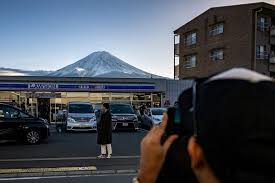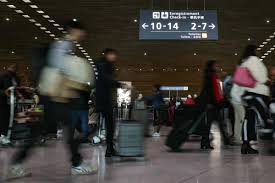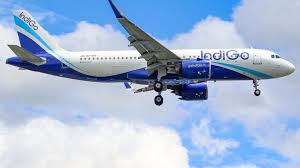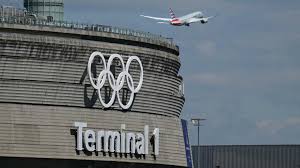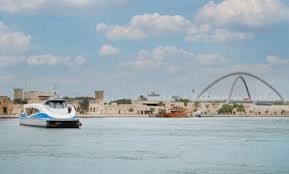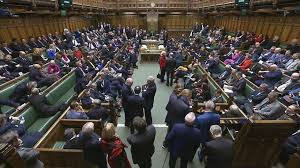
MANILA (Arabnews): The Philippines is hopeful for the revival of its tourism sector in 2022, officials and key stakeholders have said, as they seek to encourage more domestic travelers and tap into the growing “workation” market two years after nearly all recreational activity was halted by COVID-19 curbs.
Home to white sand beaches, famous diving spots, lively entertainment, diverse cultural heritage and unique wildlife, the Philippine economy is dependent on tourism, which in 2019 generated 2.51 trillion pesos ($50 billion), contributing nearly 13 percent of the country’s GDP, according to the Philippine Statistics Authority.
As the pandemic hit in 2020, most tourism destinations in the Philippines were forced to shut down, dealing a major blow to the sector as its revenues plummeted to 973 billion pesos, with foreign tourist arrivals slumping 82 percent and local travel almost 78 percent.
Nearly two years into the pandemic, the Southeast Asian nation has been largely successful in containing the spread of COVID-19 with lockdowns and vaccination drives. The number of infections in the population of 110 million has been steadily falling since mid-September, reaching on average less than 300 new cases a day, with over 40 percent of Filipinos having been fully vaccinated.
The decreasing infection rate has allowed authorities to gradually reopen the tourism sector, especially for domestic travelers. Fully vaccinated travelers from countries classified by Philippine authorities as “low-risk” can already enter the country.
“The current tourism scenario is looking generally optimistic as we near the end of 2021,” Tourism Secretary Bernadette Romulo-Puyat told Arab News earlier this week.
“For 2022, we look forward to sustaining the momentum of recovery for many of our destinations, primarily driven by the domestic market.”
For international travelers, the Philippines is going to focus on what she termed as “sustainable tourism development models,” while also tapping into the growing market for business combined with leisure, or “workation” — an emerging trend resulting from office activities shifting to remote working during the pandemic.
“Our focus is on providing guests with high-quality experiences rather than mass tourism and short-term gains,” Puyat said.
“The trend was something that came along as a need by employees who worked from home during the pandemic, yet also needed the time to take a break and recover from cabin fever. We are confident that with the increasing prominence of remote work, this trend will be highly relevant even after the pandemic.”
The Department of Tourism, she said, has been preparing for the reopening and over 86 percent of the country’s tourism industry workers have been fully vaccinated as of mid-December.
“Fortunately, the development of anti-COVID-19 vaccines have given us a renewed hope for the industry to finally continue on a steady path towards full recovery,” Puyat said, adding that the country’s tourism industry also expects a boost from hosting the upcoming World Travel and Tourism Council Global Summit.
The WTTC Global Summit, considered the most influential event for travel and tourism professionals, is scheduled to take place in Manila in late March.
The government’s optimism is shared by the country’s main hospitality sector stakeholders.
“Considering the reports on the number of COVID-19 cases which has been kept to three digits, we feel that 2022 onwards will see and upward trajectory not only for hotels and other accommodation facilities, but for the tourism industry in general,” said, Benito Bengzon, executive director of the Philippine Hotel Owners Association.
“We’re quite confident that the hotel industry in particular will start to recover.”
PHOA President Arthur Lopez added, however, that it may take a few years before the full rebound can take place as international flights also need to pick up.
“There will be a boom in travel because everybody wants to travel and those who want to travel have a lot of money they can spend, but I think we have to be realistic,” he said.
“The International Air Transport Association already said 2024 is only the start, the beginning. So, in other words, it has to peak two or three years after it starts.”
The post Philippines plans for ‘workation’ to revive tourism in 2022 appeared first on The Frontier Post.



